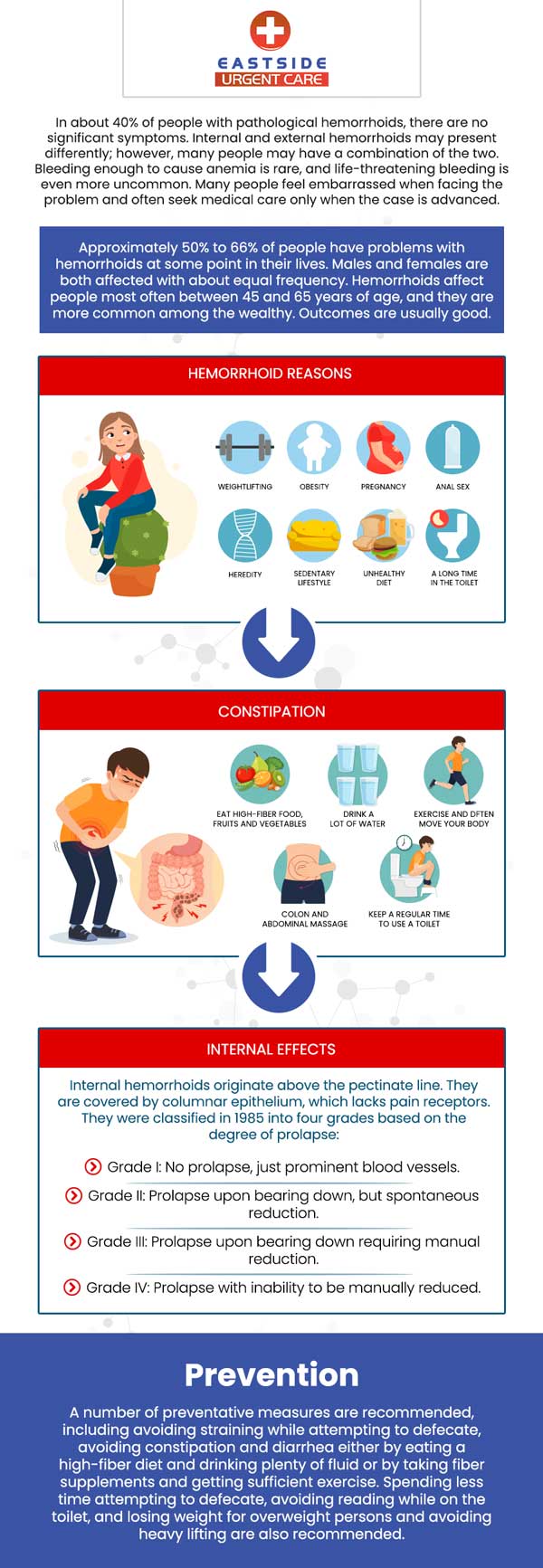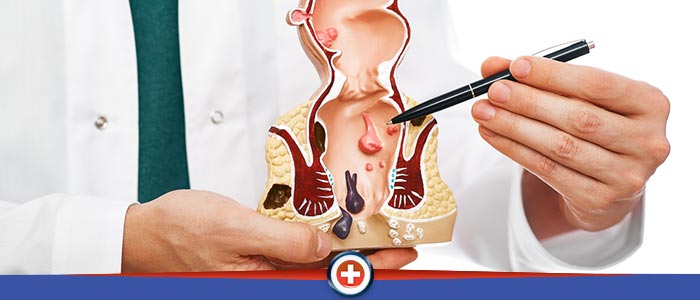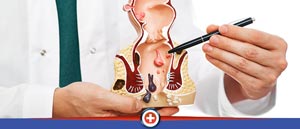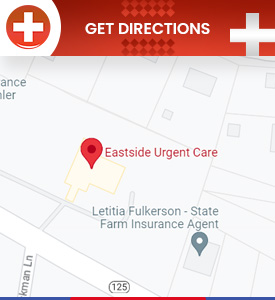Thrombosed Hemorrhoids Treatment Specialist in Cincinnati, OH
Thrombosed hemorrhoids occur when blood clots form within swollen hemorrhoidal veins, leading to severe pain and discomfort. Prompt medical attention is often necessary to alleviate symptoms and prevent complications. For more information, contact us or book an appointment. You can also visit us online to get directions to our clinic. We are conveniently located at 872 Ohio Pike, Cincinnati, OH 45245.




Table of Contents:
What causes a hemorrhoid to become thrombosed?
How do you know if a hemorrhoid is thrombosed?
How to prevent thrombosed hemorrhoids?
What happens if a thrombosed hemorrhoid is left untreated?
Thrombosed hemorrhoids happen when blood clots form inside sacs that naturally occur in the anus that protrude from the rectum. Regular hemorrhoids form in certain situations such as not taking in enough fiber in your diet, but they do not indicate any kind of underlying health concerns, as they can also be caused by pushing too hard when going to the bathroom, being constipated, having diarrhea or being pregnant as the baby can put pressure on the veins inside the rectum. The difference between thrombosed hemorrhoids and regular hemorrhoids is that even though they both appear as lumps outside of the anus, thrombosed hemorrhoids will appear bluish and dark in color, whereas regular hemorrhoids will be rubbery and the same color as the area they are in and the surrounding skin.
If you are concerned that you have a thrombosed hemorrhoid(s) it is worth seeking medical care as hemorrhoids that have become thrombosed carry risks that regular hemorrhoids do not. Some symptoms to be mindful of are pain when having a bowel movement, pain while walking, pain while sitting, bleeding during a bowel movement, itching around the area, and swelling or lumps around the anus.
Some methods can be used to treat thrombosed hemorrhoids at home which include taking a sitz bath, changing your diet to make your stool softer, and avoiding straining while going to the bathroom. Sitz baths involve adding Epsom salt to warm water, just deep enough in your bathtub to submerge the area, with the Epsom salts helping to provide relief and potentially aid in the process of shifting unnecessary fluids in the area out to reduce the size of the hemorrhoid.
There are also over-the-counter creams available to help reduce the pain and irritations associated with hemorrhoids, however, if you find none of these methods give you relief or you begin to develop a fever you should seek immediate health care, as there is a risk of the thrombosed hemorrhoids becoming infected and developing into an abscess. There is also the risk of rupture when a hemorrhoid has become thrombosed, which is why it is important to seek medical care immediately if you find that there is no improvement using the regular at-home methods.
Some of the best prevention methods include drinking plenty of water, with the recommended amount being between 8 to 10 glasses of water per day, not straining or ‘bearing down’ during bowel movements, avoiding sitting on the toilet for prolonged periods, and increasing the fiber in your diet by eating more fruits, vegetables or whole grains.
When thrombosed hemorrhoids go untreated they carry risks that regular hemorrhoids do not, since thrombosed hemorrhoids have blood clots present these blood clots are normally broken down by the body and reabsorbed, however, if this does not happen there is a risk of the hemorrhoid rupturing which can lead to bleeding, and if left unmanaged this can lead to dizziness, faintness, and if left for long periods the potential blood loss can lead to shock. To avoid these risks, it is very important to seek medical care if at-home methods do not manage the pain, or it becomes severe and almost unbearable at any point so that you do not risk your thrombosed hemorrhoid becoming ruptured or developing into an abscess.
If you are unsure if your hemorrhoid is thrombosed or not, you can still seek medical care to determine if it is, and help to reduce the risks of any negative side effects happening. Our team at EastSide Urgent Care is here to help you, with an experienced medical team, we can book an appointment online, you can also contact us to book with us, or walk in if you are concerned about your hemorrhoids. We are conveniently located at 872 Ohio Pike Cincinnati, OH 45245. We serve patients from Cincinnati OH, Covedale OH, Delhi OH, St Bernard OH, Wilders KY, and Elmwood Place OH.

Additional Services You May Need
▸ Asthma
▸ Bronchitis
▸ DOT Physical
▸ Employment Drug Screen
▸ Illness
▸ Injury
▸ Insect and Animal Bites
▸ Occupational Medicine
▸ Pediatric Visit
▸ Pre-OP Physical
▸ School & Sports Physicals
▸ STD And Treatment
▸ Rash/Allergic Reaction
▸ Stomach Flu Treatment

Additional Services You May Need
▸ Asthma
▸ Bronchitis
▸ DOT Physical
▸ Employment Drug Screen
▸ Illness
▸ Injury
▸ Insect and Animal Bites
▸ Occupational Medicine
▸ Pediatric Visit
▸ Pre-OP Physical
▸ School & Sports Physicals
▸ STD And Treatment
▸ Rash/Allergic Reaction
▸ Stomach Flu Treatment



